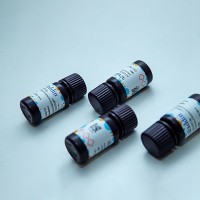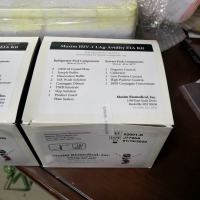Limiting Dilution Assay
互联网
4988
Limiting dilution assays (LDA) are designed to define an unknown frequency of effector cells in a population. LDA are dose-response assays that allow detection of an all-or-none (positive or negative) immunoresponse in each individual culture within replicates that vary in the number of responder cells tested (reviewed in ref. 1 ). The frequency of positive cultures is not informative because it is never clear whether one or more precursors in the culture well are giving the positive response. The negative response instead demonstrates that there are no precursors of a given specificity. Therefore, the evaluation of the cell frequency in the original population is possible by determining the number of cultures that are negative in the experiment. Multiple cultures are set up at different cell concentrations and the larger the number of replicates used for each cell concentration, the more precise the estimate will be. If the percentage of negative cultures is converted to its negative logarithm, the results can be plotted graphically. The fraction of negative cultures is plotted on the ordinate while the cell concentration is plotted on the abscissa to give a straight line. Suitable statistic tests are used to fit this line, including regression analysis and the least square method (2 ,3 ).









